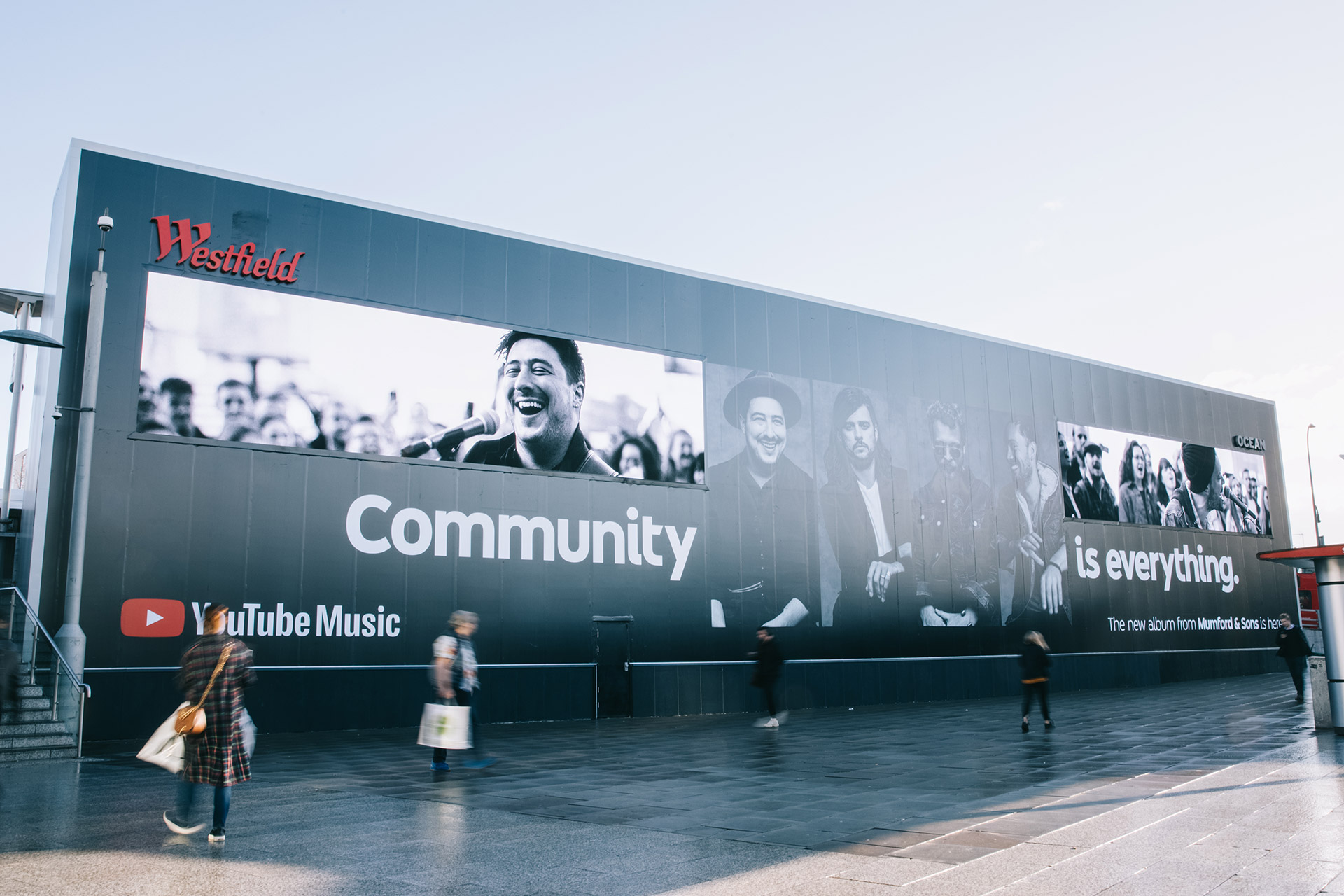
gentle, calming, mellow), valence reflects emotion and mood processes (fun, happy, lively, enthusiastic, joyful vs.

Arousal reflects physiological processes such as stimulation and relaxation (intense, forceful, abrasive, thrilling vs. Alternative approaches Īlternatively, music can be assessed on the three dimensions of "arousal", "valence", and "depth". Glenn McDonald, the employee of The Echo Nest, music intelligence and data platform, owned by Spotify, has created a categorical perception spectrum of genres and subgenres based on "an algorithmically-generated, readability-adjusted scatter-plot of the musical genre-space, based on data tracked and analyzed for 5,315 genre-shaped distinctions by Spotify" called Every Noise at Once. Main articles: Automatic content recognition and Music information retrievalĪutomatic methods of musical similarity detection, based on data mining and co-occurrence analysis, have been developed to classify music titles for electronic music distribution. Examples of fusion genres include jazz fusion, which is a fusion of jazz and rock music, and country rock which is a fusion of country music and rock music.Ī microgenre is a niche genre, as well as a subcategory within major genres or their subgenres. The proliferation of popular music in the 20th century has led to over 1,200 definable subgenres of music.Ī musical composition may be situated in the intersection of two or more genres, sharing characteristics of every parent genre and therefore belong to each genre of these at the same time, such subgenres are known as fusion genres. A subgenre is also often being referred to as a style of the genre. In music terms, it is a subcategory of a musical genre that adopts its basic characteristics, but also has its own set of characteristics that clearly distinguish and set it apart within the genre. Subtypes Ī subgenre is a subordinate within a genre. Moore, state that genre and style are two separate terms, and that secondary characteristics such as subject matter can also differentiate between genres. Some, like Peter van der Merwe, treat the terms genre and style as the same, saying that genre should be defined as pieces of music that share a certain style or "basic musical language". The term genre is generally defined similarly by many authors and musicologists, while the related term style has different interpretations and definitions. Timothy Laurie argues that, since the early 1980s, "genre has graduated from being a subset of popular music studies to being an almost ubiquitous framework for constituting and evaluating musical research objects". Geographical origin is sometimes used to identify a music genre, though a single geographical category will often include a wide variety of subgenres. Ī music genre or subgenre may be defined by the musical techniques, the cultural context, and the content and spirit of the themes. In 1982, Franco Fabbri proposed a definition of musical genre that is now considered to be normative: "musical genre is a set of musical events (real or possible) whose course is governed by a definite set of socially accepted rules", where a musical event be defined as "any type of activity performed around any type of event involving sound".

317, are quite different in genre but happen to be similar in form." He explains that both are identical in genre and are violin concertos that have different form. To further clarify the meaning of genre, Green writes "Beethoven's Op.

He lists madrigal, motet, canzona, ricercar, and dance as examples of genres from the Renaissance period. Green distinguishes between genre and form in his book Form in Tonal Music. 5.2 Individual and situational influences.5.1 Social influences on music selection.3 Categorization and emergence of new genres.


 0 kommentar(er)
0 kommentar(er)
